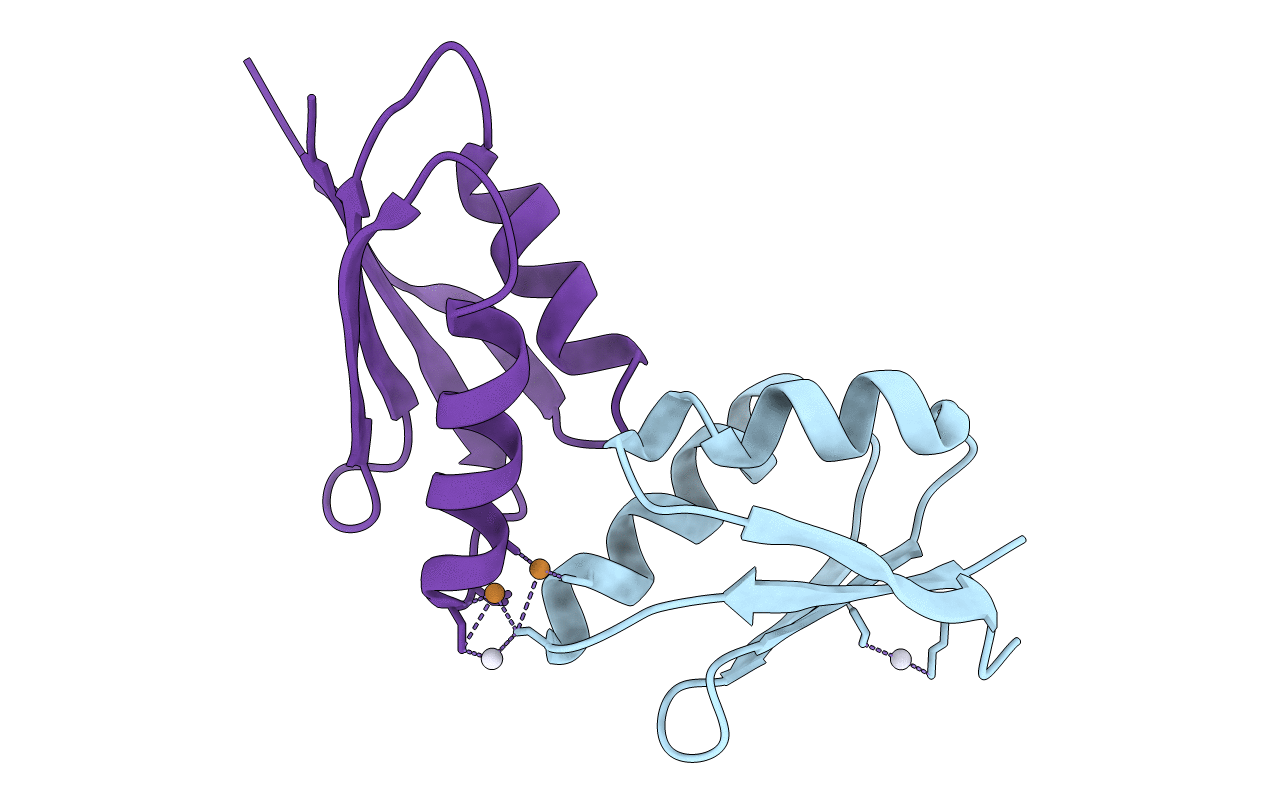
Deposition Date
2016-09-05
Release Date
2016-10-12
Last Version Date
2024-01-17
Entry Detail
PDB ID:
5T7L
Keywords:
Title:
Pt(II)-mediated copper-dependent interactions between ATOX1 and MNK1
Biological Source:
Source Organism:
Homo sapiens (Taxon ID: 9606)
Host Organism:
Method Details:
Experimental Method:
Resolution:
2.83 Å
R-Value Free:
0.27
R-Value Work:
0.20
R-Value Observed:
0.20
Space Group:
P 21 21 21


